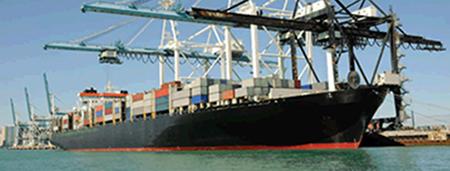 Reducing exposure to diesel exhaust at and near ports is important for public health and the environment.
Reducing exposure to diesel exhaust at and near ports is important for public health and the environment.
Ports are gateways of commerce and drivers of the United States economy. Port activity also affects air quality. Emissions from diesel vehicles and equipment operating at ports can pose health risks to nearby communities that are often comprised of low income and minority populations.
The webpages in this section provide information on best practices at ports to reduce diesel pollution and associated health impacts. While the examples included in these webpages are not exhaustive, they are intended to highlight some of the more effective strategies that have been adopted by U.S. ports. The appropriateness and effectiveness of these strategies will vary for different ports based on many factors including type of operation, fleet makeup, local air quality and pollutant exposure, and community and port priorities.
An overview of each best practice and related technical resources, tips on collecting data and setting performance targets, and descriptions of real-world examples are available on the webpages linked to below. Webpages will be updated over time as new clean air practices emerge and information evolves.
Learn more about best practices for:
 Reducing exposure to diesel exhaust at and near ports is important for public health and the environment.
Reducing exposure to diesel exhaust at and near ports is important for public health and the environment.